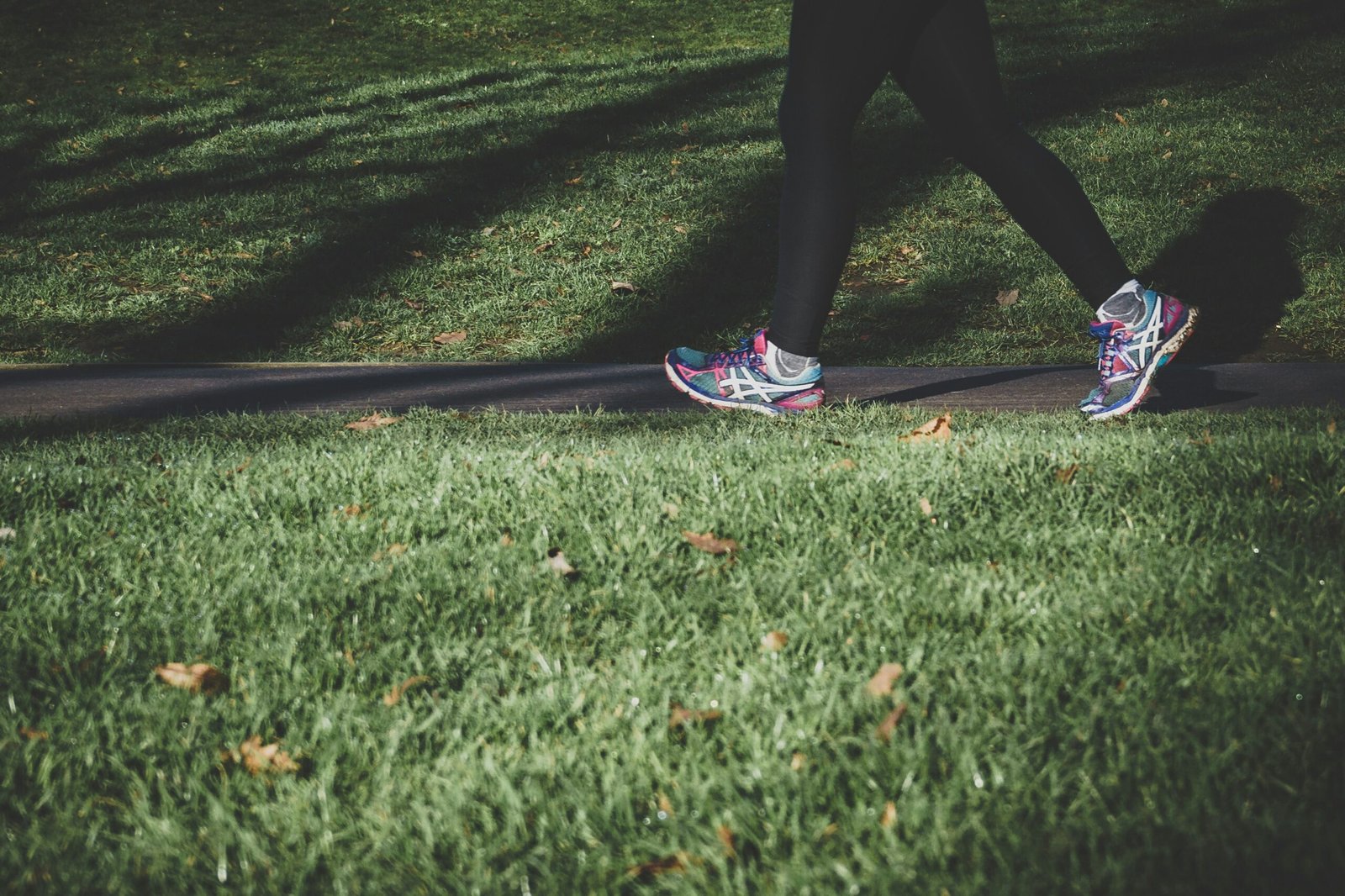Strength Exercise 1: Elbow Plank
You can achieve the highest speed within a complete arm movement with a strong push at the end of the pressure phase. For a powerful extension from the elbow joint, you need well-developed specific forces in the elbow extensor (triceps muscle). You can train this muscle very effectively with a tried and tested exercise: push-ups. When doing this, support yourself calmly with your knees so that you have good control over the movement. Place your hands shoulder-width apart and press your upper body upwards. Bend the elbow back rather than to the side to increase the triceps’ contribution to the muscle work.
Strength Exercise 2: Large Pectoral Muscle
The pectoralis major muscle (pectoralis muscle) is one of the three muscles relevant to propulsion. It is primarily responsible for the inward movement and the transition from the pulling to the pushing phase. The most effective way to train it is with an exercise band attached at head height. Your upper arm should be level with your shoulder line. Now bring your elbows together in front of your head and slowly move your arms back to the starting position.
Strength Exercise 3: Deltoid
So that you can move your arm forward in a relaxed manner over the water, the elbow should be the highest point. The forearm can then swing relaxed forward into extension. The deltoid muscle (M. deltoideus), which surrounds the shoulder joint, plays an important role. It is responsible for lifting the upper arm and therefore also the elbow. You train this movement by standing in the middle of an exercise band and setting it to the desired tension. Make sure your elbow joint is at a right angle and raise your arm to shoulder height. To stabilize yourself, consciously tense your back and abdominal muscles.
Strength Exercise 4: Large Back Muscle
To achieve maximum propulsion, you must push off hard underwater. You should feel the counter pressure of the water and actively work against this resistance – this process causes acceleration. The latissimus muscle is responsible for the powerful movement in this part of the underwater phase. If this is not strong enough, you will not be able to build up enough pressure during the transition from the pulling to the pushing phase and therefore no longer be able to generate optimal propulsion.
That’s How It’s Done
With a gymnastics band, you can not only do effective strength and warm-up training, but you can also observe and control your movements excellently – an important basis for bringing the movements you have learned and stabilized on land “into the water”. To do this, hold your upper body forward and secure your stance with a lunge. Stabilize your upper body by tensing your core muscles. Ideally, you should imitate the underwater movement with your arm stretched out. Now guide it under the upper body into the key position as in the swimming movement. Now actively press towards your thigh until you extend your arm. If you have done everything correctly, you will feel tension in the lateral back muscles – the best prerequisites for improving your swimming performance!
Tips for Dry Training
Warm-Up
Before dry training, you should get yourself “up to operating temperature” by warming up or, if you are a triathlete, doing it after running or cycling training. You can also start with one or two warm-up sessions (low effort, low resistance). Never go to the pain threshold or beyond!
Learning Effect
On land, you create the conditions to train your specific strength. Concentrate on strengthening the three main propulsion muscles – and after a short time, you will be able to push off in the water much better. Another advantage of dry exercises: You can rehearse the correct sequence of movements and thus carry out additional technique training.
Time Expenditure
Combine dry training with other training sessions or complete some exercises directly at the edge of the pool – this will save you time. You can achieve a good training effect if you perform each exercise three times with 20 repetitions each. Ideally, you do this mini-workout three times a week.

























